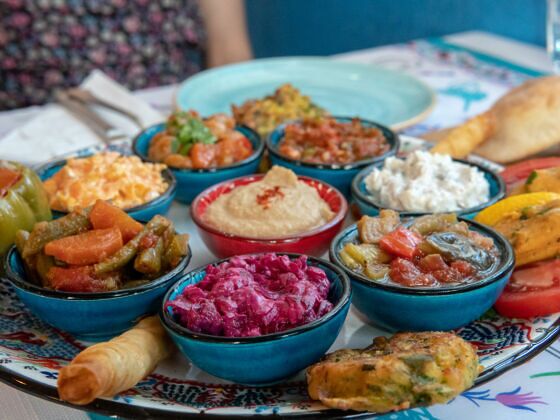People everywhere are familiar with hummus by now – and especially in the United States, we think of hummus as a dip. However, if you visit Turkiye, you might be surprised to find that traditional Turkish hummus is much different than Americans are accustomed to.
@foodwtf 📍Akın Humus in #Türkiye has been serving up hand ground #hummus since the 1960’s 🎥 @diiyetdusmani #foodtok #turkishfood #humus #foodtravel ♬ Little Things – Adrian Berenguer
A restaurant in Tarsus, Turkiye called Akim Humus exemplifies the care and precision that it takes to make traditional hummus. First of all, you won’t see a blender or a food processor anywhere in sight. Once the chickpeas are cooked, they are smashed together by hand, using a wooden implement similar to a mallet.
